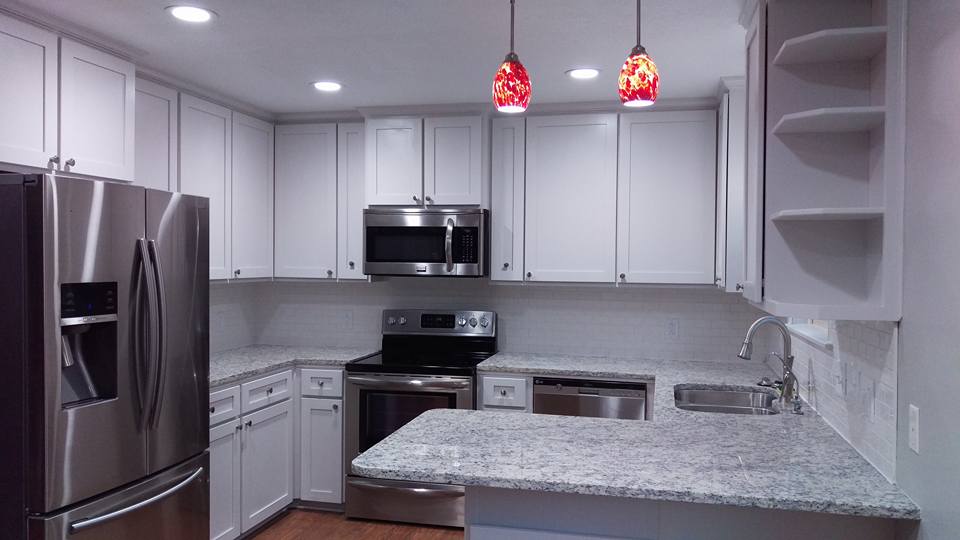
Remodeling Your Kitchen: Transforming the Heart of Your Home
The kitchen is often considered the heart of the home—a place where meals are prepared, stories are shared, and memories are made. Remodeling your kitchen is more than just an upgrade; it’s an opportunity to create a space that reflects your style, meets your needs, and enhances the overall functionality of your home.
Planning Your Kitchen Remodel
The first step in any kitchen remodel is thorough planning. Consider what aspects of your current kitchen work well and what doesn’t. Are you looking for more counter space? Do you need additional storage? Is your kitchen layout inefficient? Answering these questions will help you identify your priorities and set clear goals for the remodel.
Budgeting and Cost Considerations
Setting a budget is crucial for a successful kitchen remodel. Costs can vary widely depending on the scope of the project, the materials you choose, and the extent of the changes. To avoid surprises, plan for unexpected expenses and decide where you’re willing to splurge or save. For instance, investing in high-quality countertops or appliances might be worth the cost, while opting for more budget-friendly cabinetry can balance your expenses.
Choosing the Right Materials
Material selection is one of the most exciting parts of a kitchen remodel. From countertops to cabinetry, flooring to backsplashes, the options are endless. Popular choices for countertops include granite, quartz, and butcher block, each offering unique aesthetics and benefits. When it comes to cabinetry, wood is a timeless choice, but modern alternatives like MDF or thermofoil can also provide durability and style. Flooring options range from classic hardwood to durable tile or even luxury vinyl, all of which can transform the look and feel of your kitchen.
Layout and Design
The layout of your kitchen plays a significant role in its functionality. Consider the classic kitchen work triangle—positioning the sink, stove, and refrigerator in a triangular layout for maximum efficiency. However, modern kitchens often incorporate islands, peninsulas, or open floor plans to create a more social and versatile space. Work with a designer to ensure your layout meets your needs while maintaining a harmonious flow.
Adding the Finishing Touches
Details like lighting, hardware, and color schemes are the finishing touches that pull your kitchen together. Good lighting is essential, not just for ambiance but also for safety and efficiency. Pendant lights over an island, under-cabinet lighting, and dimmable fixtures can all enhance the space. Choosing hardware that complements your cabinetry and faucets that match your sink can create a cohesive look. Finally, consider a color scheme that reflects your style, whether it’s a bold, modern palette or a classic, neutral tone.
Hiring the Right Contractor
A successful kitchen remodel requires skilled professionals to bring your vision to life. Take the time to research and hire a reputable contractor who has experience with kitchen remodels. Check references, read reviews, and ensure they are licensed and insured. Clear communication and a detailed contract will help ensure the project stays on track and within budget.
Conclusion
Remodeling your kitchen is a rewarding investment that can significantly increase the value of your home and improve your quality of life. With careful planning, thoughtful design choices, and the right team, you can create a kitchen that not only looks stunning but also meets your practical needs for years to come. Whether you’re dreaming of a sleek, modern space or a cozy, traditional kitchen, your remodel can turn those dreams into reality.
